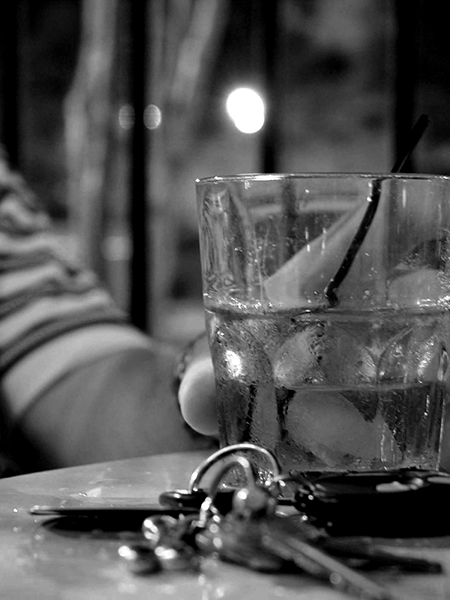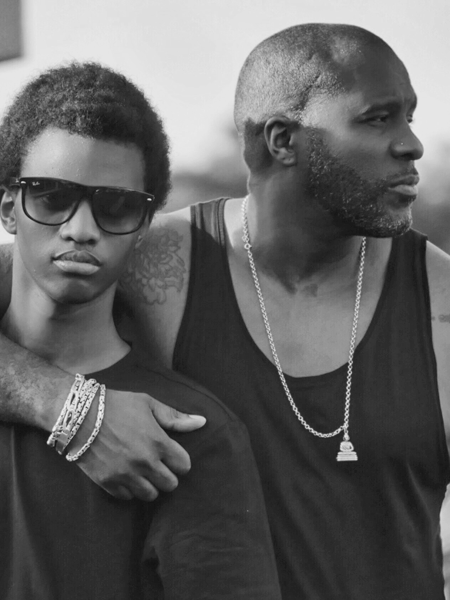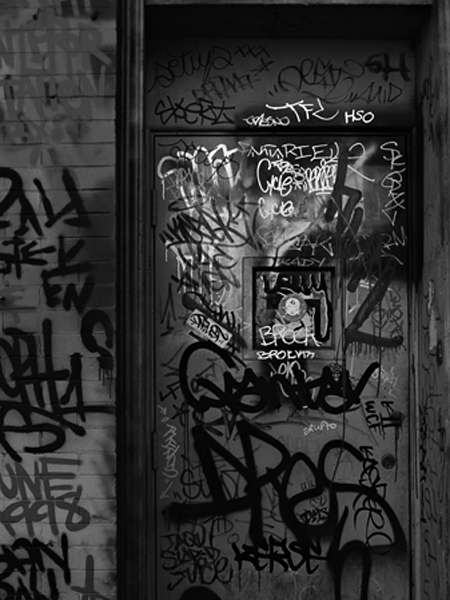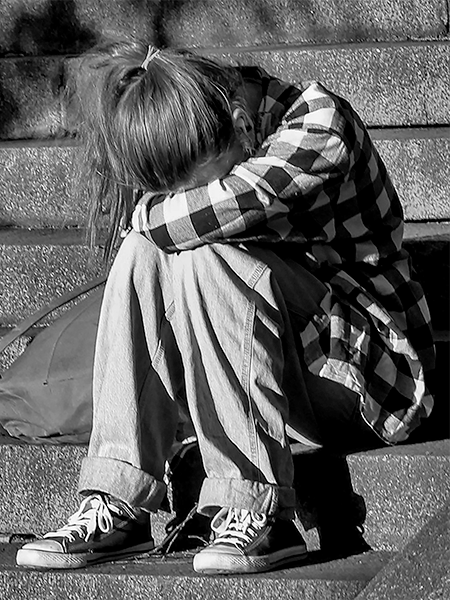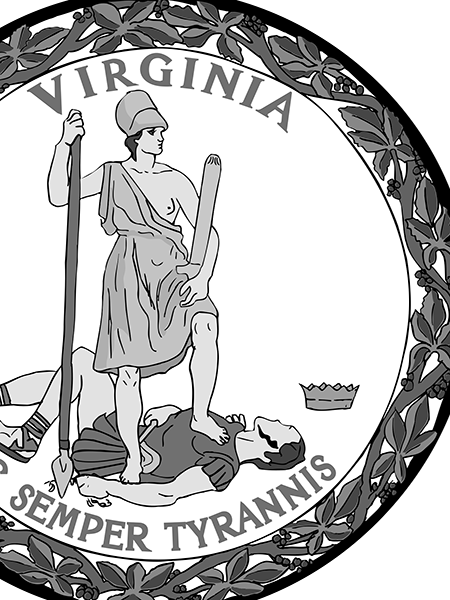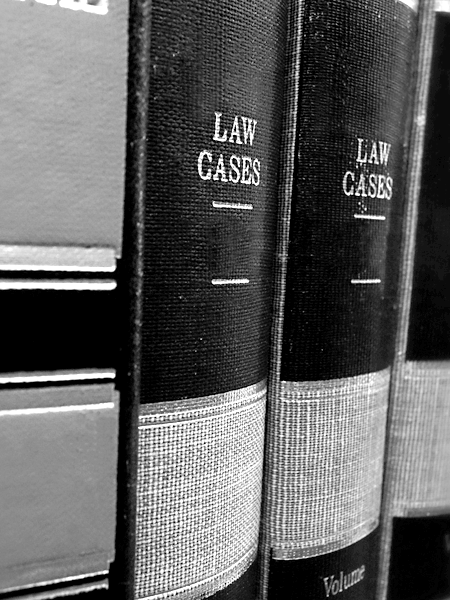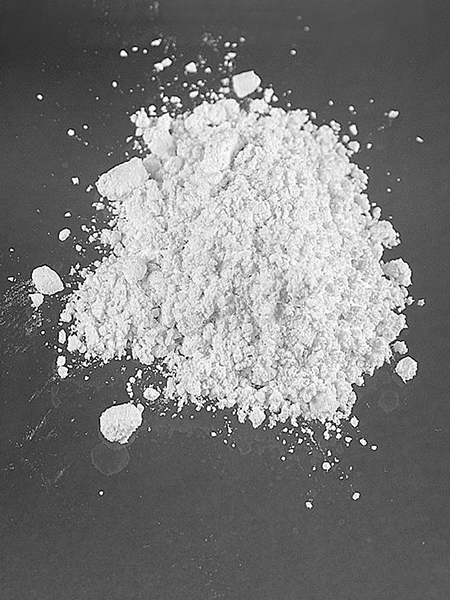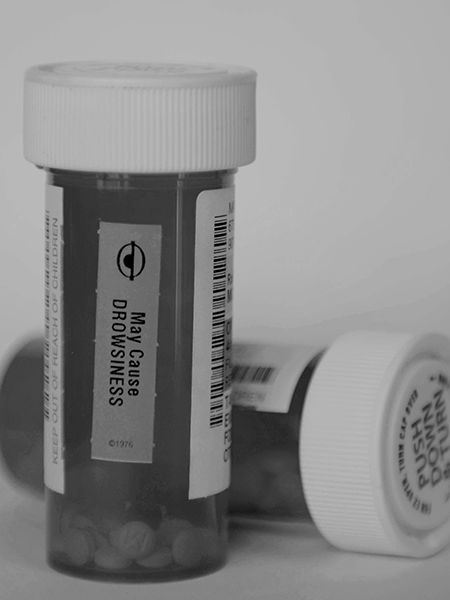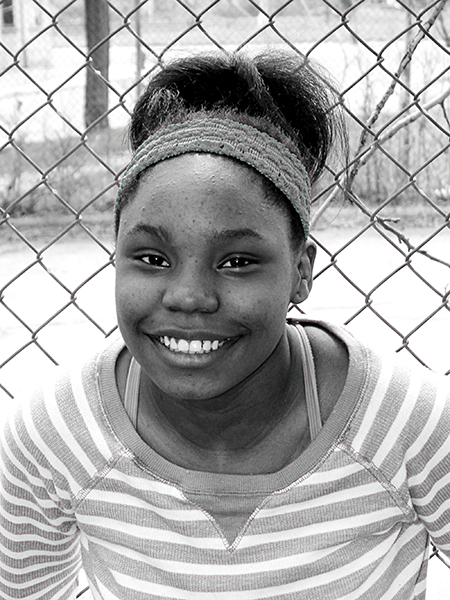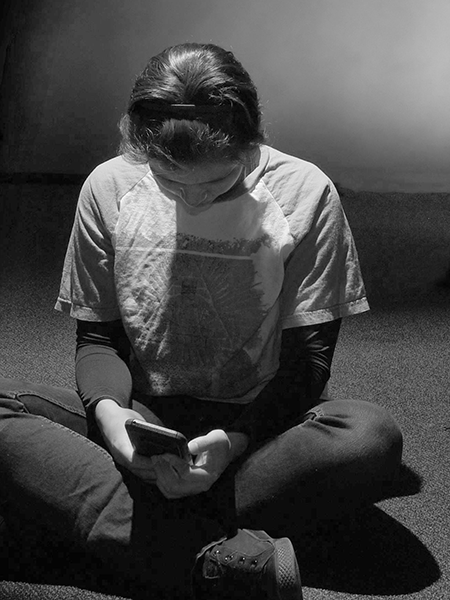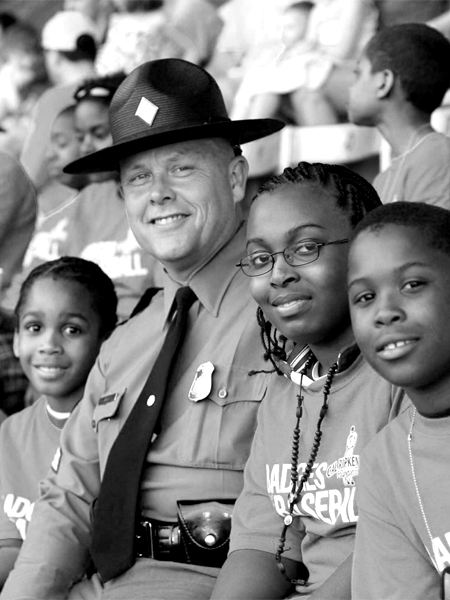Learn about the types of crimes involving physical harm or force applied to another person and the penalties for these crimes.
What are crimes against persons?
Crimes against persons involve direct physical harm or force applied to another person. The most serious crime in this category is homicide, but threatening someone and even making someone fearful that he or she will be harmed are also crimes against persons.
What are examples of crimes against persons?
In addition to homicide, other crimes against persons include rape, assault with a weapon, malicious wounding, robbery, kidnapping, extortion, stalking, assault and battery, hazing, and threatening someone.
Homicide (murder, manslaughter), threats, and stalking are defined in the Teens and Violence section of Virginia Rules. Here, we will address other examples of crimes against persons.
What is “kidnapping”?
The terms “abduction” and “kidnapping” are synonymous in Virginia law. The Virginia Rules Teens and Violence section defines abduction.
What is robbery?
The definition of robbery is not specifically stated in the Code of Virginia but is found in common law. Robbery is defined through case law as taking, with intent to steal, personal property of another, from his/her or in his/her presence, against his/her will, by violence or intimidation. Intimidation means to make another person fearful of bodily harm using threatening words and/or other conduct. The penalty depends on whether the robbery was committed using a gun, threat or intimidation, physical force, or caused serious bodily injury.
Virginia law does prescribe how robbery is to be punished, stating that someone who commits robbery shall be guilty of a felony and shall be punished by confinement in a state correctional facility for life or any term of not less than one year. (Code of Virginia § 18.2-58).
What is assault?
Assault is defined as an attempt or offer, with force and violence, to do some bodily injury to another. You can be charged with assault even if you did not make physical contact with the other person.
Battery is defined as actual physical, harmful contact with another. Several different types of assault and battery are recognized in Virginia law.
A simple assault, or assault and battery, is punishable as a Class 1 misdemeanor, and if the person intentionally selects the person against whom a simple assault is committed because of his race, religious conviction, gender, disability, gender identity, sexual orientation, color, or ethnic or national origin, the penalty upon conviction shall include a term of confinement of at least six months. (Code of Virginia § 18.2-5(A))
Malicious wounding is a more serious form of assault involving the shooting, stabbing, cutting, or wounding of another person with the intent to maim, disfigure, disable, or kill that person. This form of assault is punishable as a Class 3 felony. If such act be done unlawfully but not maliciously, with the intent aforesaid, the offender shall be guilty of a Class 6 felony. (Code of Virginia § 18.2-51)
However, if the same actions result in the victim’s permanent and significant physical impairment, the offense is considered aggravated malicious wounding and is punishable as a Class 2 felony. (Code of Virginia § 18.2-51.2(A))
Assault and battery criminal classifications are provided in Virginia Rules Teens and Violence section.
You can also be charged with assault and battery if you are part of a “mob,” as defined by Code of Virginia § 18.2-38, even if you did not strike the victim during the attack.
What is harassment?
Harassment means to repeatedly annoy or attack a person or group in such a way as to cause anxiety or fear for safety. Several different types of harassment are against Virginia law.
- It is unlawful to publish a person’s name or photograph with identifying information, such as social security number, driver’s license number, passwords, personal identification number
(PIN), credit or debit card number, or address, with the intent to coerce, intimidate, or harass another person. (Code of Virginia § 18.2-186.4) This offense is a Class 1 misdemeanor. If the victim is a law enforcement officer or an active/retired judge, the offense is a Class 6 felony and there is a mandatory minimum term of confinement of six months. - It is a Class 1 misdemeanor to sell or send pictures of another person, who is naked, with the intent to harass, coerce, or intimidate that person. (Code of Virginia § 18.2-386.2(A))
- Prank telephone calls are a form of harassment. The law states: Any person who uses obscene, vulgar, profane, lewd, lascivious, or indecent language or threatens any illegal or immoral act with intent to coerce, intimidate, or harass any person on a telephone or through a text message is guilty of a Class 1 misdemeanor. (Code of Virginia § 18.2-427)If a person communicates by phone call, text, or another device with the intent to annoy another person, both the person communicating and anyone who allows them to use their device are guilty of a Class 3 misdemeanor. (Code of Virginia § 18.2-429(A)) Harassing or delaying emergency personnel, such as police, fire, or emergency medical service, by causing their telephone(s) or other devices to ring or signal, with intent to annoy, harass, hinder, or delay emergency personnel in performance of their duties, both the person communicating and anyone who allows them to use their device are guilty of a Class 1 misdemeanor. (Code of Virginia § 18.2-429(B))
- It is also illegal to harass someone using a computer or computer network. If a person has intent to coerce, intimidate, or harass and communicates obscene or indecent language or threatens an illegal or immoral act, the person is guilty of a Class 1 misdemeanor. (Code of Virginia § 18.2-152.7:1)
What is extortion?
Extortion means obtaining money or property from another person by using or threatening to use violence or other criminal means to cause harm to a person, or by threatening harm to that person’s reputation, or that person’s property. Extortion is a Class 5 felony. (Code of Virginia § 18.2-59) Extortion can also involve threats to accuse someone of committing an offense, and thereby obtaining money or property from that person.
What is a hate crime?
Hate crimes are crimes motivated by the offender’s bias. Determining the offender’s motivation is difficult unless the offender admits that his or her actions were motivated by bias against race, religious conviction, gender/gender identity, disability, color, or ethnic or national origin.
It is important to recognize that penalties for some crimes are increased when it is determined that the offense was motivated by such bias.
Hate crimes are defined in Virginia law as:
- a criminal act committed against a person or his property with the specific intent of instilling fear or intimidation in the individual against whom the act is perpetrated because of race, religion, gender/gender identity, disability, or ethnic or national origin or that is committed for the purpose of restraining that person from exercising his rights under the Constitution or laws of this Commonwealth or of the United States,
- any illegal act directed against any persons or their property because of their race, religion, gender/gender identity, disability, or ethnic or national origin, and
- all other incidents, as determined by law enforcement authorities, intended to intimidate or harass any individual or group because of race, religion, gender/gender identity, disability, or ethnic or national origin.
(Code of Virginia § 52-8.5(C))
Virginia law requires law enforcement agencies to report all hate crimes to the Virginia State Police. In 2022, there were 182 hate crimes with 166 victims reported by contributing agencies in Virginia. (https://rga.lis.virginia.gov/Published/2023/RD259/PDF)
What is hazing?
Hazing means to endanger the health or safety of a student or students or to inflict bodily injury on a student or students, either recklessly or intentionally, in connection with or as part of initiation or admission into a club, organization, association, fraternity, sorority, or student body. It also applies to activities that act as a condition for continued membership in these organizations. It does not matter whether the student or students so endangered or injured participated voluntarily in the relevant activity. Someone found guilty of hazing is guilty of a Class 1 misdemeanor. (Code of Virginia § 18.2-56)
In addition, someone who receives bodily injury from hazing has the right to sue the person or persons found guilty of hazing in civil court. In addition to criminal and civil penalties, any student who commits hazing is subject to disciplinary sanctions at his/her school, college, or university. The student may be expelled or subject to other disciplinary action. (Code of Virginia § 18.2-56)
Furthermore, school boards are required to include rules against hazing in their codes of student conduct. (Code of Virginia § 22.1-279.6(C)) In 2024, Virginia law required local school boards to develop a program of hazing prevention instruction for students in grade 9 or 10. (Code of Virginia §§ 22.1-207; 22.1-253.13:1; and 22.1-279.9)
Is bullying a crime against persons?
Bullying is not specifically defined as a crime in the Code of Virginia. However, the acts that are most often associated with bullying are criminal offenses. These include:
- Threat;
- Harassment;
- Extortion;
- Assault and battery;
- Robbery; and
- Hazing.
The seriousness of bullying is recognized in Virginia law, which requires school boards to include rules against bullying, hazing and the use of profane or obscene language or conduct in their codes of student conduct. (Code of Virginia § 22.1-279.6 (C) and (D)). Parents of any student involved in an alleged bullying incident must be notified within 24 hours of learning of the bullying allegation.
See the Virginia Rules Bullying Section.

